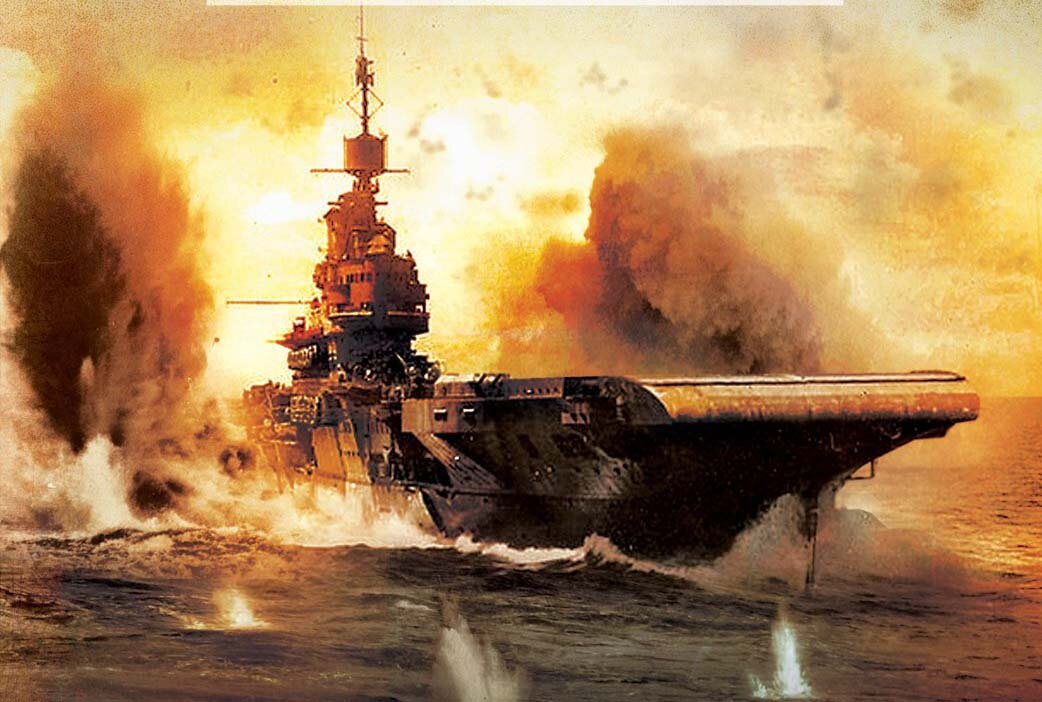Admiral Beez
Captain
Was there any instances where the IJN and RN carriers could have encountered each other in 1943 to 45? I'd like to see how a RN AFD carrier equipped with radar, single-seat fighters (Seafire, Martlet, Hellcat or Corsair) and modern strike aircraft (Tarpon or Barracuda) would perform against a IJN carrier equipped with the latest A6M, B7N and D4Y. Of course by late war the quality/experience of IJN aircrew was reduced, but the Kido Butai remained a fighting force, for example at the June 1944 Battle of the Philippine Sea the IJN fielded nine carriers with 450 carrier aircraft. Perhaps this is where the RN can contribute a carrier?
But if there was never any chance of such an engagement my idea is moot. There is the one example of HMS Victorious' sinking IJN CVE Shimane Maru, avenging poor HMS Hermes, but like Hermes, the IJN carrier did not have a CAP defence, and in the IJN case the ship was at anchor. I'm looking more for a fleet carrier fight. For example, if an IJN carrier or two accompanies the March 1944 Indian Ocean Raid, such as one or both of the newly commissioned Chitose-class.

But if there was never any chance of such an engagement my idea is moot. There is the one example of HMS Victorious' sinking IJN CVE Shimane Maru, avenging poor HMS Hermes, but like Hermes, the IJN carrier did not have a CAP defence, and in the IJN case the ship was at anchor. I'm looking more for a fleet carrier fight. For example, if an IJN carrier or two accompanies the March 1944 Indian Ocean Raid, such as one or both of the newly commissioned Chitose-class.
Last edited:

